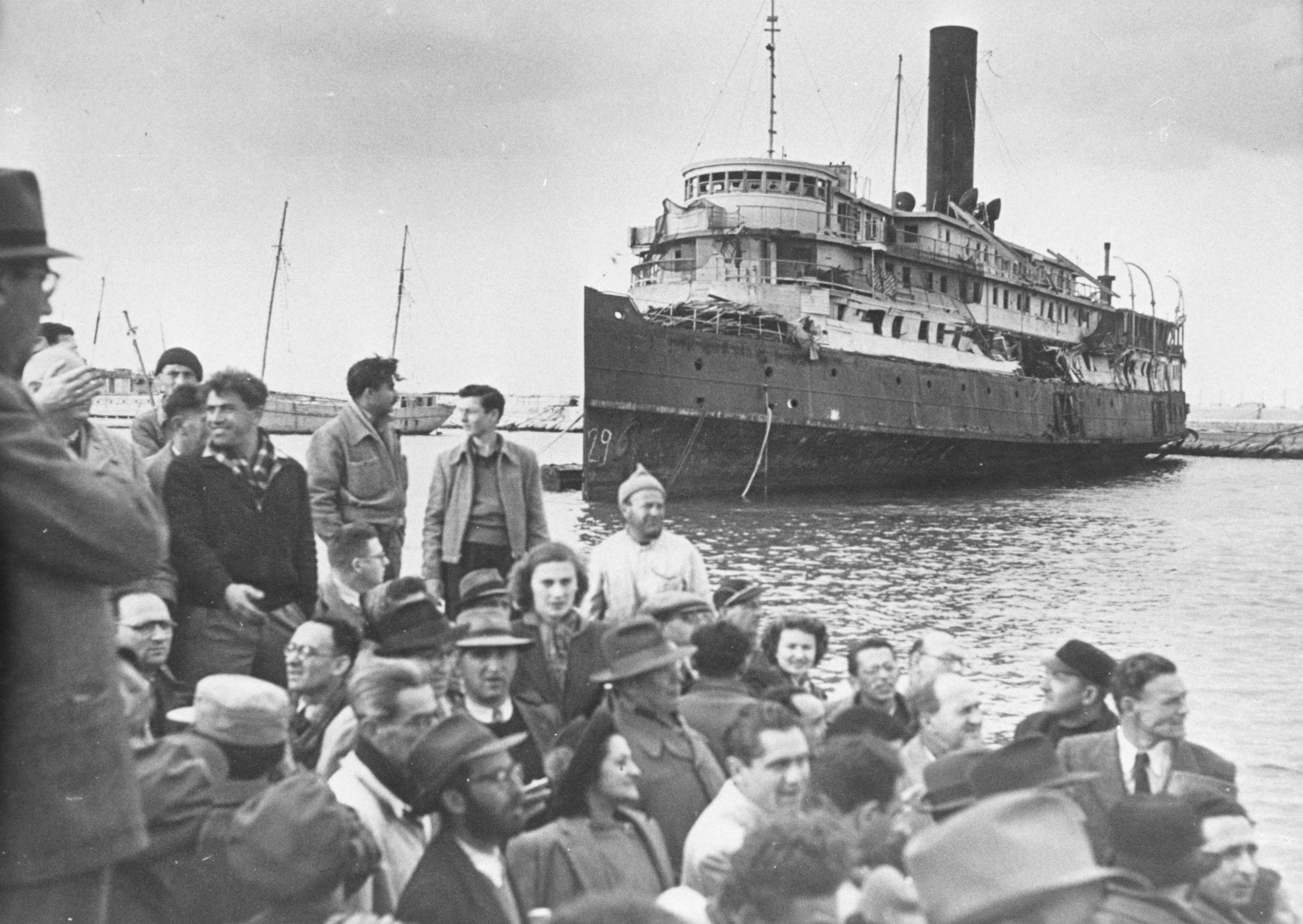Aliyah, 1st (1882-1903)
Enlarge text Shrink textThe First Aliyah (Hebrew: העלייה הראשונה, romanized: HaAliyah HaRishona), also known as the agriculture Aliyah, was a major wave of Jewish immigration (aliyah) to Ottoman Palestine between 1881 and 1903. Jews who migrated in this wave came mostly from Eastern Europe and from Yemen, stimulated by pogroms and violence against the Jewish communities in those areas. An estimated 25,000 Jews immigrated. Many of the European Jewish immigrants during the late 19th-early 20th century period gave up after a few months and went back to their country of origin, often suffering from hunger and disease. During the first Aliyah, agricultural settlements called Moshava were established. The immigrants engaged in various professions, including agriculture, trade, and commerce. At the beginning of the period, the Jewish population in Ottoman Palestine was around 26,000. Over the course of the First Aliyah, many immigrants arrived from different countries in Europe, Africa, and Asia. By the end of this period, the Jewish population in Ottoman Palestine had grown to approximately 55,000. The use of the term "First Aliyah" is controversial because there had been a previous wave of immigration to Ottoman Syria starting in the mid-19th century (between 1840 and 1880, the Jewish population in Ottoman Syria rose from 9,000 to 23,000). However, nearly all of the Jews from Eastern Europe before the First Aliyah came from traditional Jewish families who were inspired by traditional ideas of the holiness of the land combined with practical/economic considerations, rather than by modern Zionist ideology. Thus the First Aliyah represents the beginning of organized Zionism in the Land of Israel, differentiating it from earlier immigration.
Read more on Wikipedia >
 Topic
Topic



